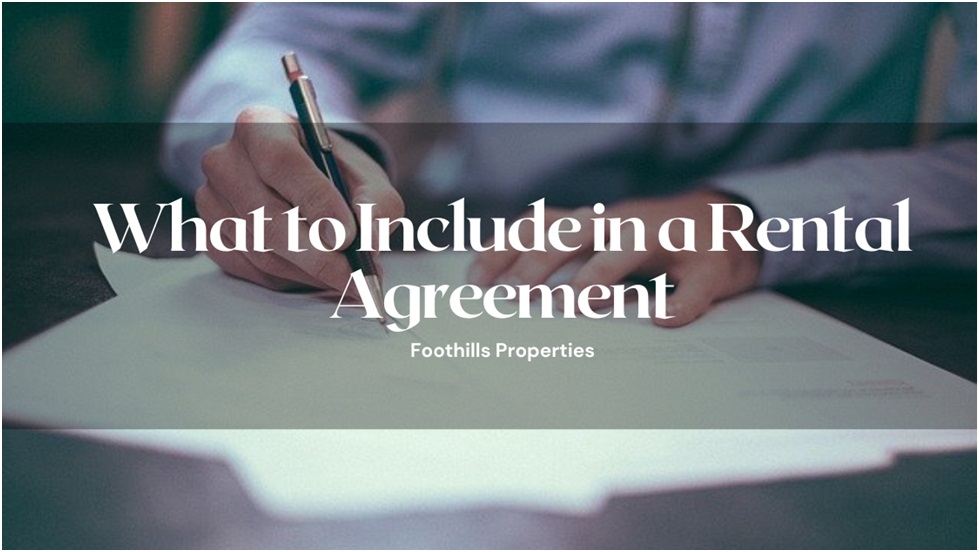
A well-crafted rental agreement is the foundation of a successful landlord-tenant relationship. It sets clear expectations, protects both parties' interests, and helps prevent misunderstandings that could lead to disputes.
As a property owner, understanding the key components of a comprehensive rental agreement is crucial for safeguarding your investment and ensuring a smooth rental experience.
In this article, we'll explore the essential elements that should be included in every rental agreement, providing you with the knowledge to create a robust contract that stands up to scrutiny.
Names of All Tenants
Every adult who will reside in the rental property must be named in the lease agreement. This includes not just the primary tenant, but also any partners, roommates, or adult family members who will live there.
Naming all tenants establishes legal responsibility for each individual to adhere to the terms of the lease, including rent payment and property maintenance.
This practice also prevents unauthorized occupants from claiming tenancy rights and ensures that you have recourse against all adult occupants in case of lease violations.
Property Address
The rental agreement should contain the complete and accurate address of the property being leased. This includes the street number, street name, unit number (if applicable), city, state, and zip code.
Additionally, include any specific details about the rented space, such as which floors of a multi-story home are included or if certain areas (like a basement or attic) are off-limits.

Lease Term (Start and End Dates)
Clearly state the exact start and end dates of the lease term in your rental agreement. This defines the period during which the tenant has the legal right to occupy the property and is responsible for rent payments.
Include provisions for what happens at the end of the lease term, such as whether it automatically converts to a month-to-month agreement or if a new lease must be signed.
Also, outline the process and required notice period for either party to terminate or renew the lease at the end of the term.
Rent Amount and Due Date
Specify the exact monthly rent amount in both numerical and written form to avoid any confusion. Clearly state the date on which rent is due each month, as well as any grace period for late payments.
Detail the acceptable methods of payment, such as personal check, bank transfer, or online payment system. Include information about late fees, including when they are applied and how much they are, as well as any penalties for returned checks or failed electronic payments.
Security Deposit Details
Clearly state the amount of the security deposit required and when it must be paid. Explain how the deposit will be held during the tenancy and whether it will earn interest.
Detail the conditions under which deductions may be made from the deposit, such as for unpaid rent or damages beyond normal wear and tear.

Include information about the process and timeline for returning the deposit after the tenant moves out, including any requirements for the tenant to provide a forwarding address.
Utility Responsibility
Specify which utilities are included in the rent and which are the tenant's responsibility to set up and pay for directly. This may include electricity, gas, water, sewage, trash collection, internet, and cable TV.
If any utilities are shared or sub-metered, explain in detail how costs will be calculated and billed to the tenant. Include information about any utility caps or limits if you're including utilities in the rent, to prevent excessive use.
Pet Policy
Clearly outline your policy regarding pets in the rental property. If pets are allowed, specify any restrictions on type, size, breed, or number of pets permitted. Detail any additional pet deposits, fees, or rent required, and explain whether these are refundable.
If pets are prohibited, make this explicit, but also include information about exceptions for service or assistance animals as required by law. Include pet-related responsibilities, such as cleaning up waste, controlling noise, and repairing any pet-caused damages.
Maintenance and Repair Responsibilities
Delineate the maintenance and repair responsibilities of both the landlord and the tenant. Specify which types of maintenance tasks are the tenant's duty, such as changing light bulbs, keeping the property clean, and maintaining the yard if applicable.
Outline the landlord's responsibilities, which typically include major repairs and maintenance of building systems.

Include information about how and when tenants should report necessary repairs, and provide a timeline for addressing various types of maintenance issues based on their urgency.
Entry Notice Requirements
Detail the circumstances under which the landlord or property manager may enter the rental unit, such as for repairs, inspections, or showing the property to prospective tenants. Specify the amount of notice required before entry, typically 24 to 48 hours, depending on local laws.
Explain any exceptions to this notice requirement, such as in cases of emergency. Include information about the tenant's responsibilities during landlord entry, such as securing pets or being present if desired.
Subletting and Guest Policies
Address whether subletting is allowed and, if so, under what conditions and approval processes. Specify any restrictions on long-term guests and define what constitutes a guest versus an unauthorized occupant, typically based on the length of stay.
Include information about the process for requesting permission to sublet or have long-term guests, if applicable. Detail any consequences for unauthorized subletting or long-term guests, such as lease termination or additional fees.
Conclusion
A comprehensive rental agreement is an invaluable tool for property owners, providing clarity, legal protection, and a framework for a positive landlord-tenant relationship.
By including these ten essential elements, you can create a robust contract that sets clear expectations and helps prevent potential conflicts.
Foothills Properties understands the complexities of property management and the importance of a well-crafted rental agreement.
Let us help you navigate the intricacies of rental agreements and property management. We're committed to helping you maximize your investment while minimizing potential risks. Contact us today to learn more about our services!








